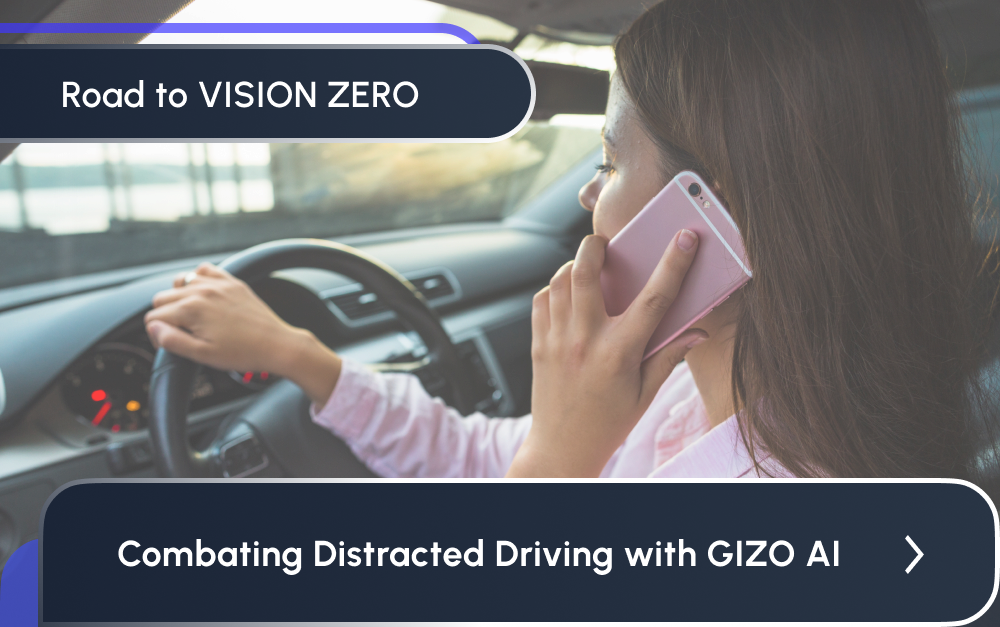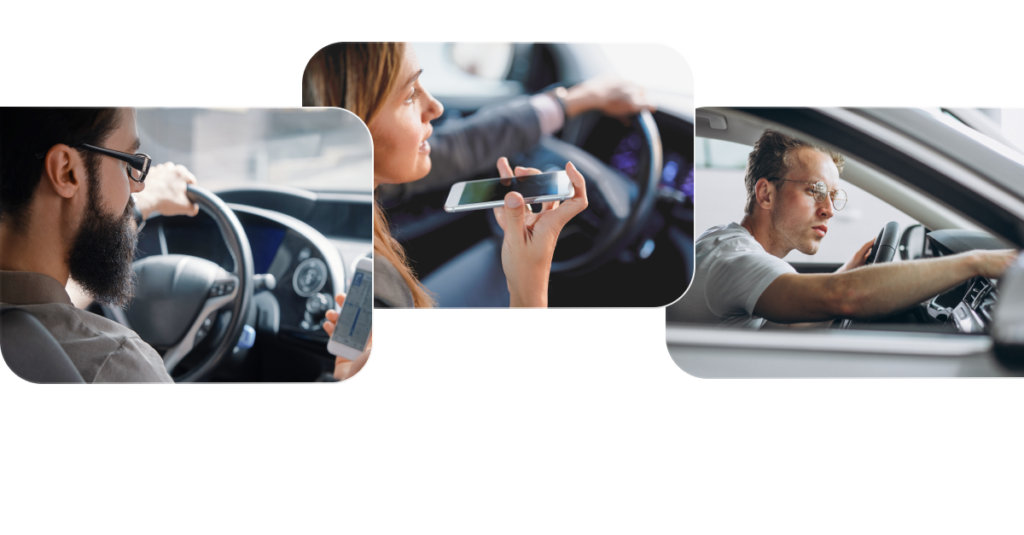

Road to VISION ZERO: Combating Distracted Driving with GIZO AI

“Don’t text and drive.” But how often have you found yourself behind the wheel, only to have your attention hijacked by a seemingly insignificant distraction? A sudden noise from the back seat, a quick bite to eat, or the incessant buzzing of your phone – we’ve all been there. But even these seemingly minor distractions can have fatal consequences on the road.
The risks are clear, with a concerning trend showing a 67% increase in the number of mobile phone use while driving from 2016 to 2022. Using a phone while driving increases the risk of accidents by a staggering 50%. In fact, even when distracted driving doesn’t result in any fatalities, it can lead to significant financial costs. In 2019, the United States incurred $98 billion in damages solely due to distracted driving.

Understanding the Three Facets of Distraction
Drivers normally experience three main kinds of distractions:
- Manual Distraction: This is when a driver takes their hands off the steering wheel for activities such as adjusting the radio.
- Visual Distraction: This normally means taking one’s eyes off the road, often to look at navigation or other in-car displays.
- Cognitive Distraction: This occurs when a driver’s focus drifts away from the primary task of driving, potentially due to engaging in a phone conversation or deep in thought.
These different forms of distraction are associated with varying levels of risk, depending on the type of distraction and the duration of the activity. For instance, texting while driving encompasses all three facets of distraction, making it one of the riskiest activities on the road.

Status Quo of Current Solutions
The current solutions in telematics may offer some assistance, but they come with notable limitations. For instance, when monitoring app usage and screen-on time, it becomes challenging to differentiate between genuine phone handling during driving and the use of foreground apps like Google Maps or Spotify. Conversely, relying on a phone’s sensor data (accelerometer and gyroscope) to detect phone handling does not provide a precise mapping of the associated risks to the driver’s activities.
Introducing the GIZO Solution
Instead of monitoring app usage, we leverage machine learning to directly distinguish between real phone handling and phone movements in the vehicle. GIZO AI automatically detects if the phone is firmly mounted or handheld. Meanwhile, GIZO AI also identifies ongoing driver activities, such as texting and phone calling at any phone positions and orientations. In combination with activity durations, GIZO AI is able to precisely quantify the risks from each distracted driving event. With all of these features, the GIZO AI is designed to reduce the risks associated with driver distractions and enhance road safety.

Are you an insurer looking to engage AI-powered solutions towards safer driving and fewer accidents? Or are you a safety-conscious driver curious to learn more about our GIZO app?
Visit the Artificient website, follow us on LinkedIn and Facebook to stay tuned for the upcoming GIZO release! Together, we can make a difference on the road.


